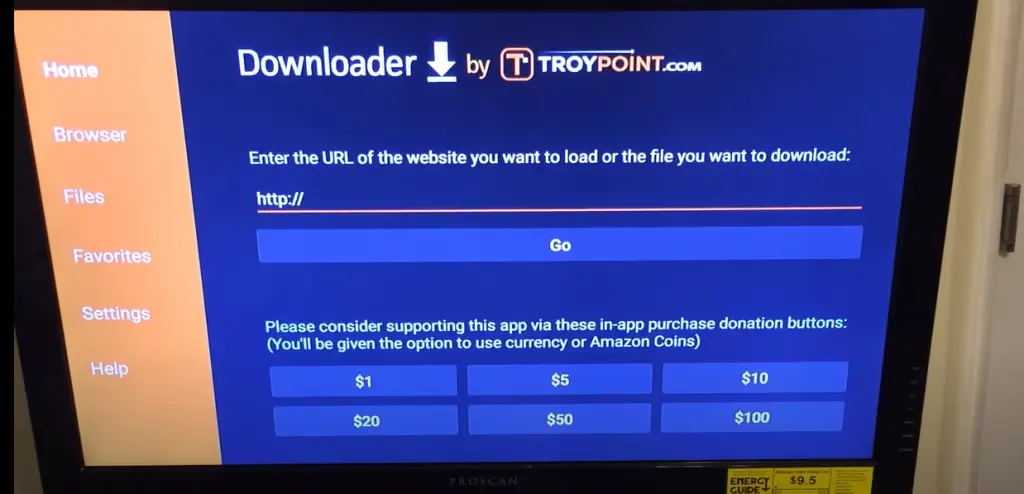How To Make Iptv Server In Ubuntu
IPTV or Internet Protocol Television is a technology that allows you to stream live TV channels and on-demand media content using your internet connection. Unlike traditional cable or satellite TV, IPTV eliminates the need for an external decoder or set-top box. Instead, you can use your smart TV or a streaming device like Amazon Fire Stick, Roku, or Apple TV to access IPTV services. In this article, we will share a guide on how to set up an IPTV server on Ubuntu.
Step 1: Install Ubuntu
The first step is to install Ubuntu on your computer. You can download the Ubuntu ISO file from the official website and create a bootable USB drive using software like Rufus or Etcher. Once you boot into Ubuntu, you can use the Terminal app to execute the following commands:
sudo apt update
sudo apt upgrade
Step 2: Install Docker
Docker is a platform that allows you to run applications in containers. It is a lightweight alternative to virtualization that provides better performance and scalability. To install Docker on Ubuntu, you can run the following commands:
sudo apt-get install docker.io
sudo systemctl start docker
sudo systemctl enable docker
Step 3: Install IPTV software
To create an IPTV server on Ubuntu, we need to install IPTV software that can handle the streaming of media content. There are many open-source IPTV servers available, but for this tutorial, we will use TVHeadend. It is a popular IPTV server that can handle live TV, video recordings, and electronic program guides (EPGs). You can install TVHeadend using the following commands:
sudo apt-get update
sudo apt-get install tvheadend
Step 4: Configure TVHeadend
After installing TVHeadend, you need to configure it to stream IPTV channels. To do that, you can access TVHeadend by opening a web browser and navigating to http://localhost:9981. You will be prompted to create a new user account, which you can do by entering a username and password.
Once you log in to TVHeadend, you will see the web interface that allows you to add channels, setup EPGs, and schedule recordings. To add IPTV channels, click on the Configuration tab and select DVB Inputs. Then click on the Add button and choose the IPTV Automatic Network option. Enter the URL of the M3U playlist that contains the channels you want to stream and click on Create. TVHeadend will automatically scan the playlist and add the channels to its database.
Step 5: Stream IPTV channels
Now that you have configured TVHeadend to stream IPTV channels, you can use any device that supports IPTV to access them. For example, if you have a smart TV, you can install an IPTV app like Smart IPTV and enter the URL of your TVHeadend server. Once you connect to the server, you will see a list of channels that you can watch live. You can also use a streaming device like Amazon Fire Stick or Roku to access IPTV channels.
Conclusion
Setting up an IPTV server on Ubuntu is not a difficult task if you follow the steps we have outlined in this article. By installing Docker and TVHeadend, you can create a powerful IPTV server that can handle live TV, video recordings, and EPGs. Once you have configured your server, you can access IPTV channels on any device that supports IPTV, which makes it a convenient and cost-effective way of watching TV. If you have any questions or feedback, feel free to leave a comment below.
Get your subscription today: iptvuk.uk






